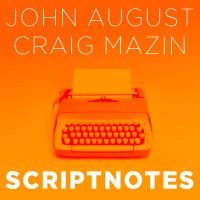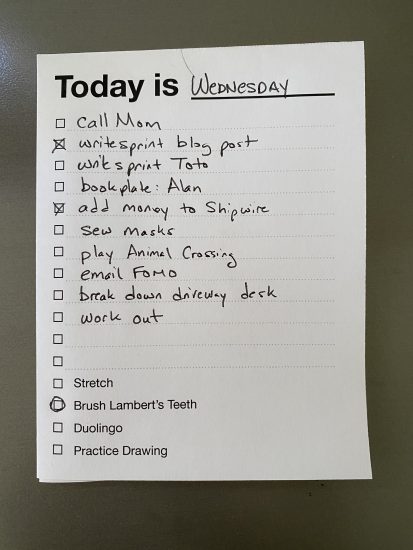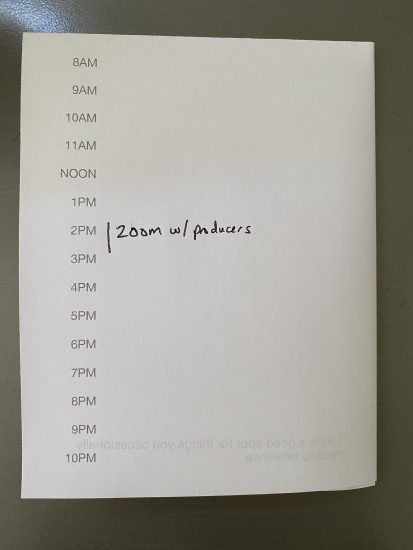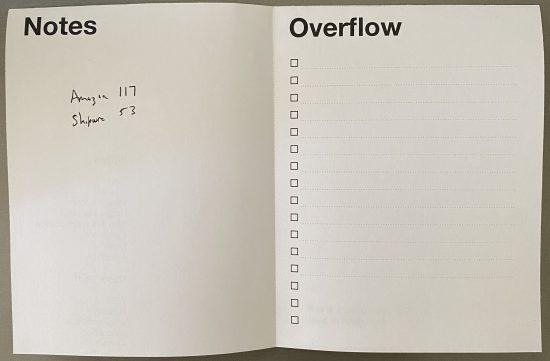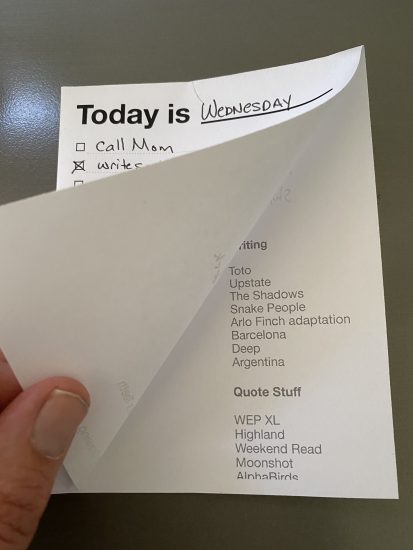Since the start of the pandemic, our regular D&D game — which has always been in person — has shifted to online. We use Zoom to chat, and [Roll20](https://roll20.net) to simulate the tabletop.
I’m comfortable using Roll20 as a player, but when it came time to begin planning my own campaign as a DM, I was stumped. The interface is wildly confusing, and the built-in tutorials aren’t up to the task.
Craig offered to walk me through the process of setting up and running a game. We recorded the whole thing, which is [now available as five videos](https://www.youtube.com/playlist?list=PLa3qqbMuNy-r-ZvH7UiX_OyW03ymY6axK).
If you’re considering DMing a game in Roll20, I strongly suggest you start here. Craig’s a good teacher.
